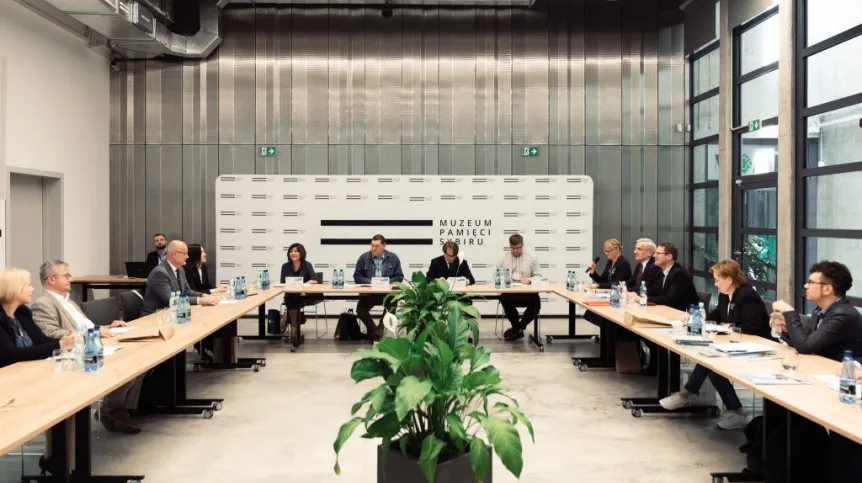
The first batches of historical documents obtained in Kazakhstan regarding Polish exiles are arriving in Poland. Researchers working on the project include members of the Polish-Kazakh International Scientific Council and the Polish-Kazakh Historical Commission.
Poles were being exiled to Central Asia, to the area of today's Kazakhstan, Uzbekistan and Kyrgyzstan, already in the 19th century. 'In the period before World War II, there was a mass deportation of the Polish community from the territories of the Soviet Union: today's eastern Ukraine and eastern Belarus', says Professor Wojciech Śleszyński from the Faculty of International Relations at the University of Bialystok, director of the Sybir Memorial Museum and chairman of the Polish side of the Polish-Kazakh Historical Commission.
He adds: ’In Soviet times, the first Polish deportees were sent to Central Asia in 1936, and a much larger wave of deportations would reach this area in 1940-1941’.
In 1942, Anders' Army was formed mainly in Uzbekistan. 'These are extremely important matters. We very often forget, for example when talking about the deportations of 1940-1941, that almost 50 percent of people deported to the east did not end up in Siberia, but in Kazakhstan. That is why the country has a huge treasure trove of historical knowledge', says Śleszyński.
Thanks to cooperation within the Polish-Kazakh Historical Commission, researchers have access to materials, especially archival materials, of high substantive value. These documents say a lot about the reality of Polish exiles.
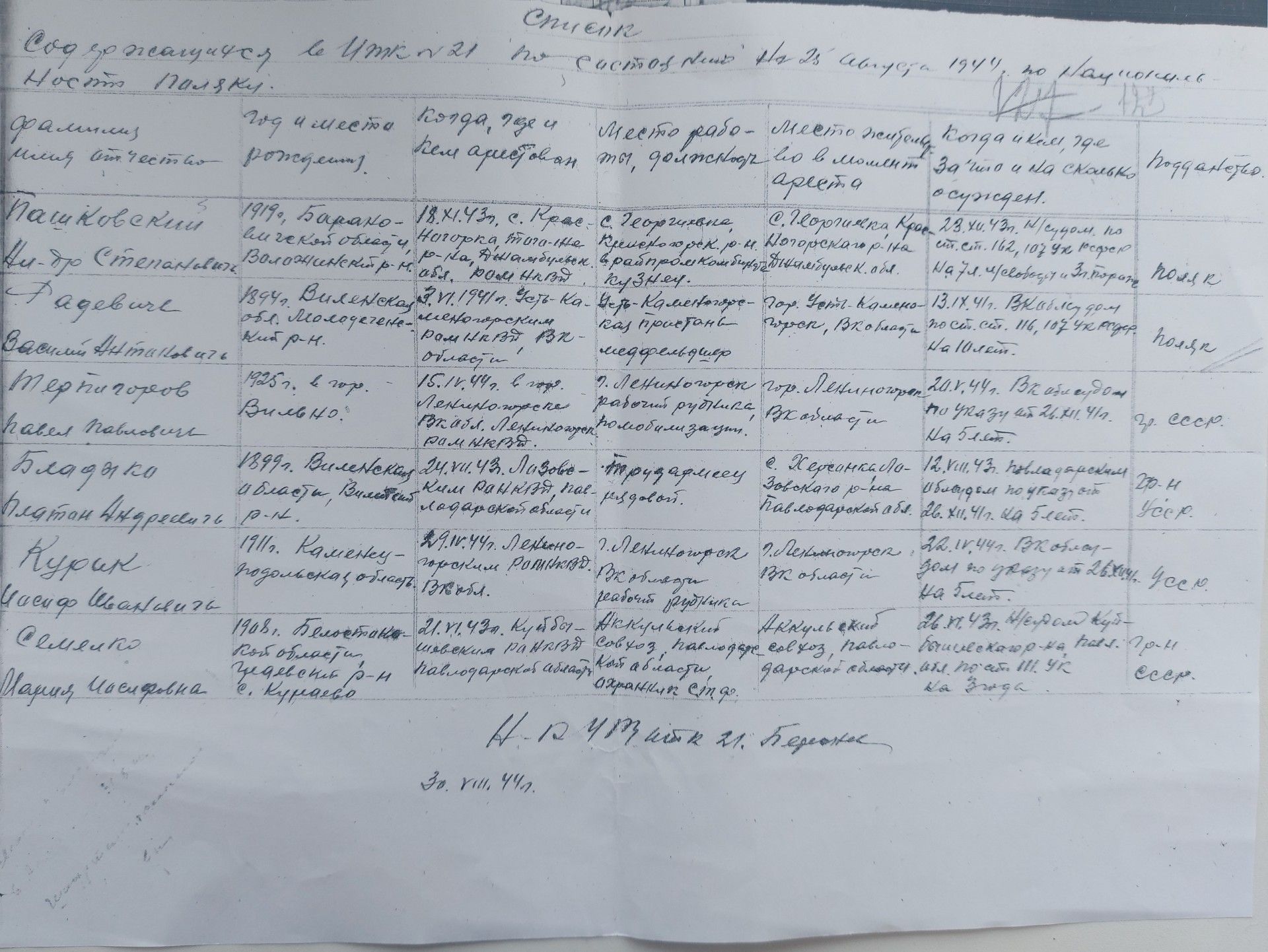
'This year we are preparing the first major publications, the first two volumes, with a large portion of documents', Śleszyński says. He adds that they agreed with scientists from Kazakhstan that these materials would be devoted to specific regions. 'We are selecting materials about the Polish community from the regions where the Polish population was sent in the 19th and 20th centuries. They will be used by us, researchers, to write scientific monographs', says Śleszyński.
In his opinion, perhaps even more valuable are cases when researchers provide specific people, descendants of exiles, with information about the fate of their ancestors.
'In a symbolic way, we handed over the first such documents, copies of the archives we had obtained, to the president of the Main Board of the Association of Siberian Deportees, Kordian Borejka', Śleszyński tells the University of Bialystok. He adds that the materials contained information about Borejka and his family's return to Poland from exile in Kazakhstan. 'He was transported as a several-month-old baby, so he obviously could not remember anything. Thanks to these documents, he can learn more about his and his family's history', Śleszyński says.
According to the historian, the descendants of the first mayor of Białystok, Bolesław Szymański, also received documents about the fate of his family from the archives in Kazakhstan. The ceremony, in the presence of the mayor of Białystok, Tadeusz Truskolawski, took place at the Sybir Memorial Museum, which today is a key institution in Poland and Europe dealing with the study and commemoration of Soviet crimes related to deportations to Siberia. The unique importance of the museum as a research facility was also emphasised on the occasion of the laudation given in Strasbourg in April 2024 during the award ceremony of the oldest and most prestigious museum award in Europe, granted by the Parliamentary Assembly of the Council of Europe since 1977. In 2024, this title was awarded to the Sybir Memorial Museum.
Thanks to the cooperation of researchers, the first batches of documents obtained in Kazakhstan are already arriving in Poland. Some of them have been deposited in the collections of the University Library of the University of Bialystok. 'During one of our trips to Kazakhstan, we received a list of the Polish deportees who were shot in 1937 or 1938 as part of the Great Terror repression in the Almaty region. It is a list of 121 names of Polish nationals', says Professor Śleszyński.
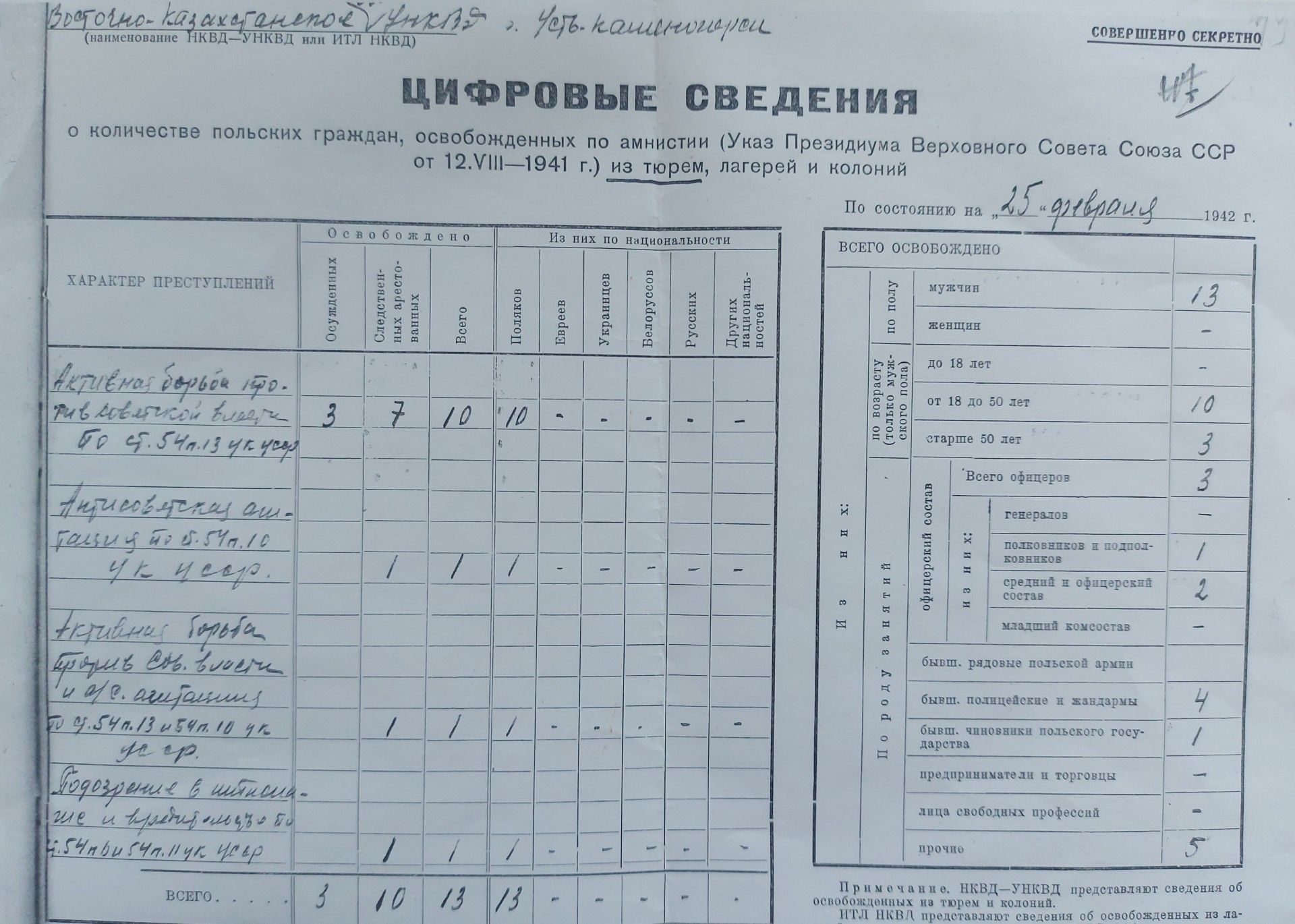
All documents obtained as part of the work of the Polish-Kazakh Historical Commission will be prepared in several volumes and published in cooperation with museum units (the Sybir Memorial Museum, the Museum of the Second World War) and universities, led by the University of Bialystok.
Additionally, a teaching script on the history and contemporary relations between Poland and Kazakhstan is being prepared. The book will probably be published next year.
Professor Śleszyński says that 'the area of Central Asia has become a natural and very important direction of scientific collaboration for Polish researchers'.
'Since we obviously cannot work in Russia, Belarus or Ukraine today, the area of Central Asia has become a natural direction for us', he says.
'We, researchers, especially in the field of humanities and social sciences, where on the one hand we look at history and on the other hand we try to interpret the processes that are taking place today, we believed that we cannot abandon the post-Soviet area', he continues. That is why he has chaired the work of the Polish-Kazakh Historical Commission from the Polish side since 2022. The research was initiated by the Białystok scientific community, centred around the Sybir Memorial Museum and the University of Bialystok, which has extensive experience with Eastern issues.
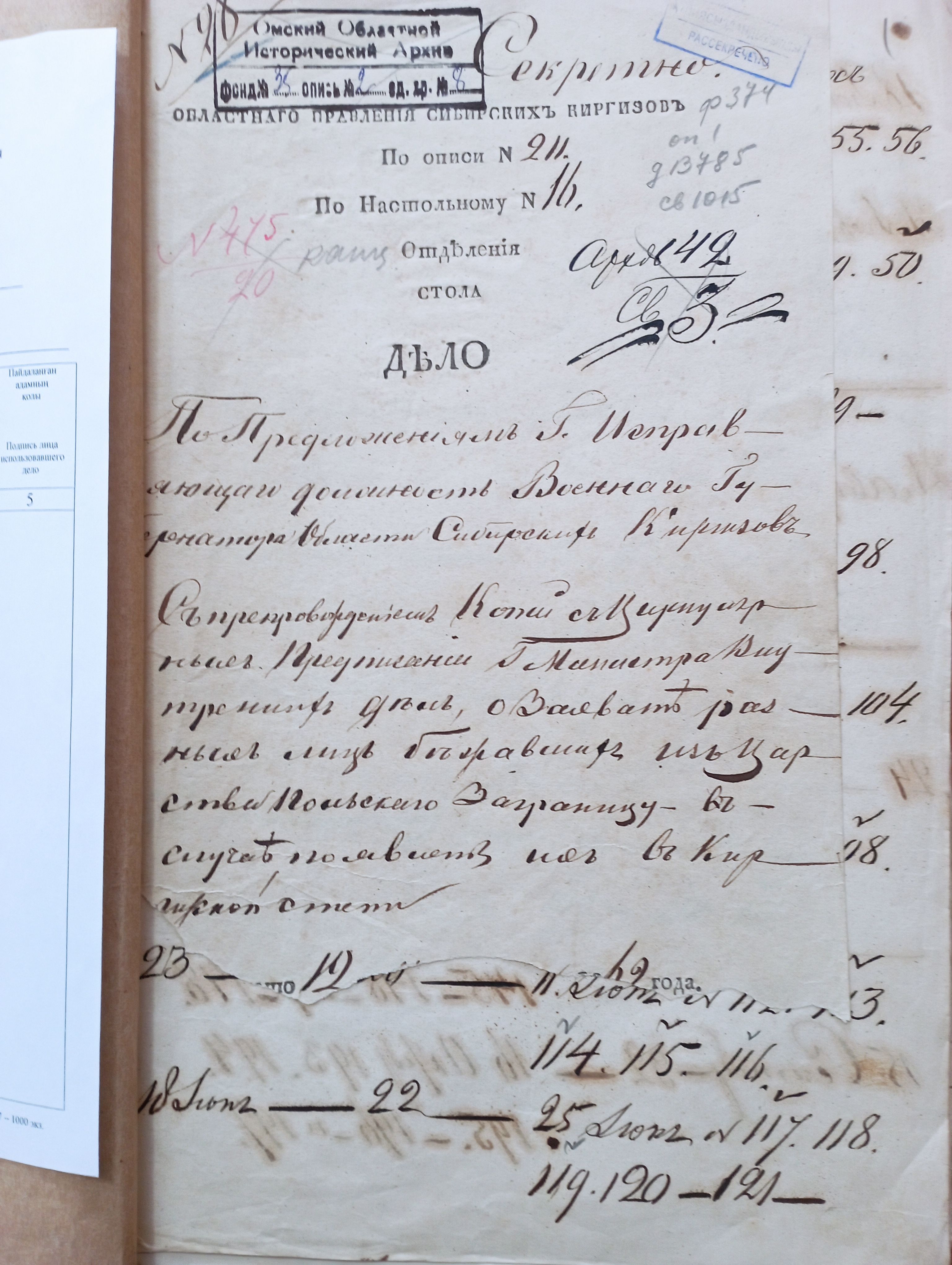
Contemporary Kazakhstan, especially its northern part - where Poles were also deported in Soviet times - is interesting not only for historical reasons.
'Modern-day Russia has also claimed rights to these areas many times. In the 19th century, it was part of the tsarist empire, and only in Soviet times was this area incorporated into the communist republic of Kazakhstan. At that time, no one cared about borders, it was one country - the great Soviet Union', Śleszyński says. He adds that 'at that time, ideological issues were more important than the course of the conventional border'.
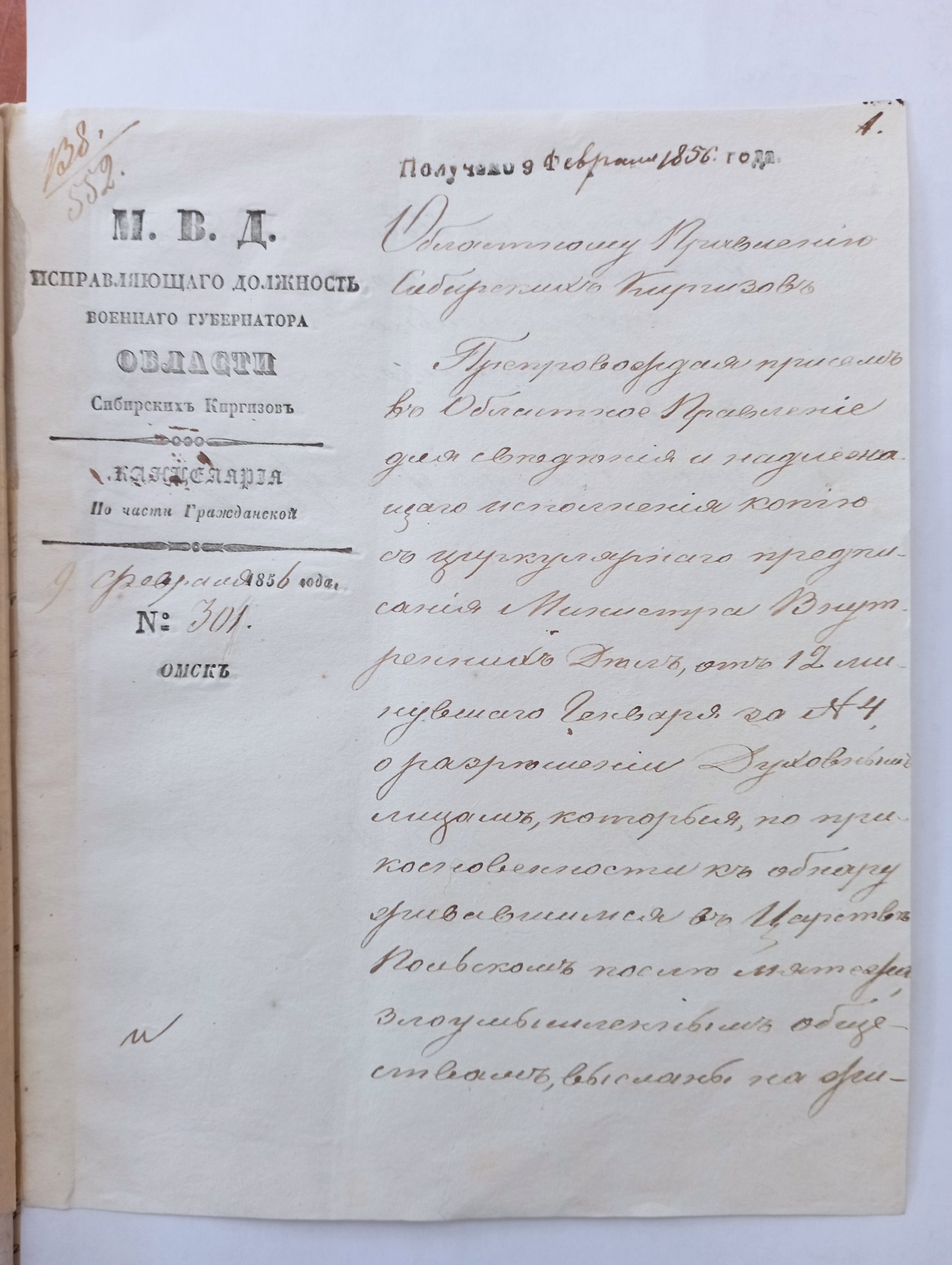
Today's Kazakhstan is a post-Soviet state, but a state that is ‘trying to achieve full independence’, Śleszyński says, adding: ’It has a specific location: with Russia on one side, China nearby on the other, and we cannot forget about the influence of Iran’.
Kazakhstan inherited many problems from Soviet times. 'First of all, it is very diverse in terms of nationalities, especially in the northern part there is a huge Slavic minority (a majority in that area) which, naturally, is closer to Russia than to the modern Kazakh state’, says Śleszyński
Another problem, he says, is the 'unequal distribution of profits from obtained natural resources'.
'Despite many problems, Kazakhstan is a key country in this part of the world, and for us it is additionally interesting due to the tragic history of World War II, which connected the history of this distant steppe country with the history of many Polish families.’ (PAP)
PAP - Science in Poland
amk/ zan/ kap/
tr. RL













